Kamenica
Q6356864Kamenica: site of a very large Bronze Age / Iron Age tumulus.
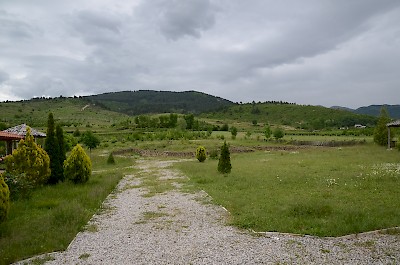
Measuring 70 x 50 meters, and containing the bodies of more than four hundred people, the tumulus of Kamenica is one of the largest funerary monuments in the southern Balkan Peninsula. It is situated south of Korçë, one of the main centers of Bronze Age Illyria: the Korçë basin has a fertile soil and sufficient water, making it easy for farmers to cultivate. Moreover, it is situated along the land route from the Adriatic to the Aegean Sea, while there are supplies of iron and copper as well.
The first tumuli in this area were built in the third millennium BCE, but this way of burying the dead became popular in the second half of the second millennium - in the Late Bronze Age. This practice continued after the eleventh century, in the Iron Age, when the deceased were buried in and near existing mounds. This also happened in Kamenica, where, so far, two groups of secondary burials have been identified, to the east and to the south of the original circle.
Three Phases
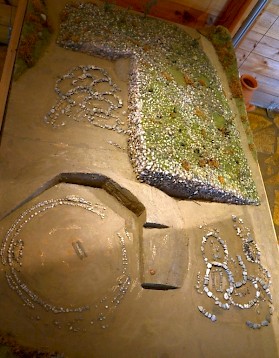
The original circle, surrounding the final resting place of a young man, can be dated to about 1250-1050 BCE. The central tomb, essentially a pit made of wood, was inaugurated by the burning of some animals; there are no grave gifts. Immediately after the creation of this tomb some forty inhumations were added near and above it. Analysis of mitochondrial DNA has shown that these people were not maternally related. These graves were surrounded by a double circle of stones with a diameter of about thirteen meters.
The second phase, the Early Iron Age, lasted until c.650. Some two hundred people were buried next to the original circle and the tumulus expanded until it was about three meters high.
The third phase lasted about a century, until c.550 BCE, and can be characterized as the transformation of a funeral mound into a cemetery. As indicated above, the site was expanded to the south and east. The number of inhumations, again about two hundred, suggests either population growth or more people getting access to this grave ritual. There are parallels for both scenarios.
It should be noted that there was a "zeroth" phase: archaeologists have found the remains of a woman who was buried with a baby centuries before the original circle was created. The two must have lived and died in the Chalcolithic age.
People
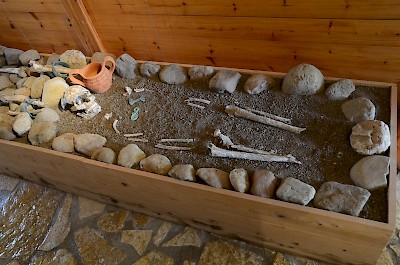
About one third of the people buried in Kamenica was male, another third was female, and a final third could not be determined. What is surprising, is that they are mostly grown-ups. It may be that not all children were buried; alternatively, they may have been buried in an unexcavated part of the tumulus; or the excavators may not have recognized the children's remains.
From the fact that in the first phase, the people were not maternally related, we can deduce that the men of the village married to women from outside, who started to live with their new husbands.
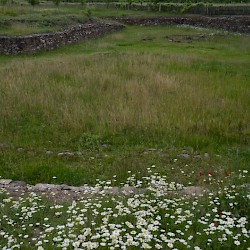 Kamenica, Original circle |
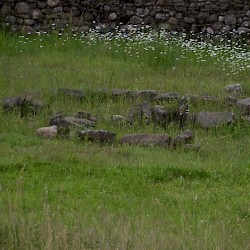 Kamenica, Eastern expansion |
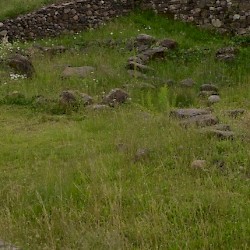 Kamenica, Southern expansion |
 Reconstruction a woman from Iron Age Kamenica |
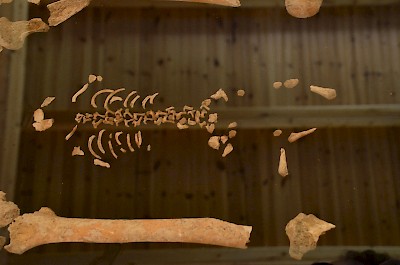
Although several smaller tumuli have been identified, the village of the people who were buried at Kamenica has not been found yet. If we assume (a) that a generation lasted a quarter of a century and (b) that the tombs belong to one village, we may deduce that this village had some twenty-five adult inhabitants.
Research
The tumulus was looted during the temporary collapse of the Albanian state administration in 1997 and excavated in 2000-2002.
Literature
Lorenc Bejko, The Tumulus of Kamenica (2008)